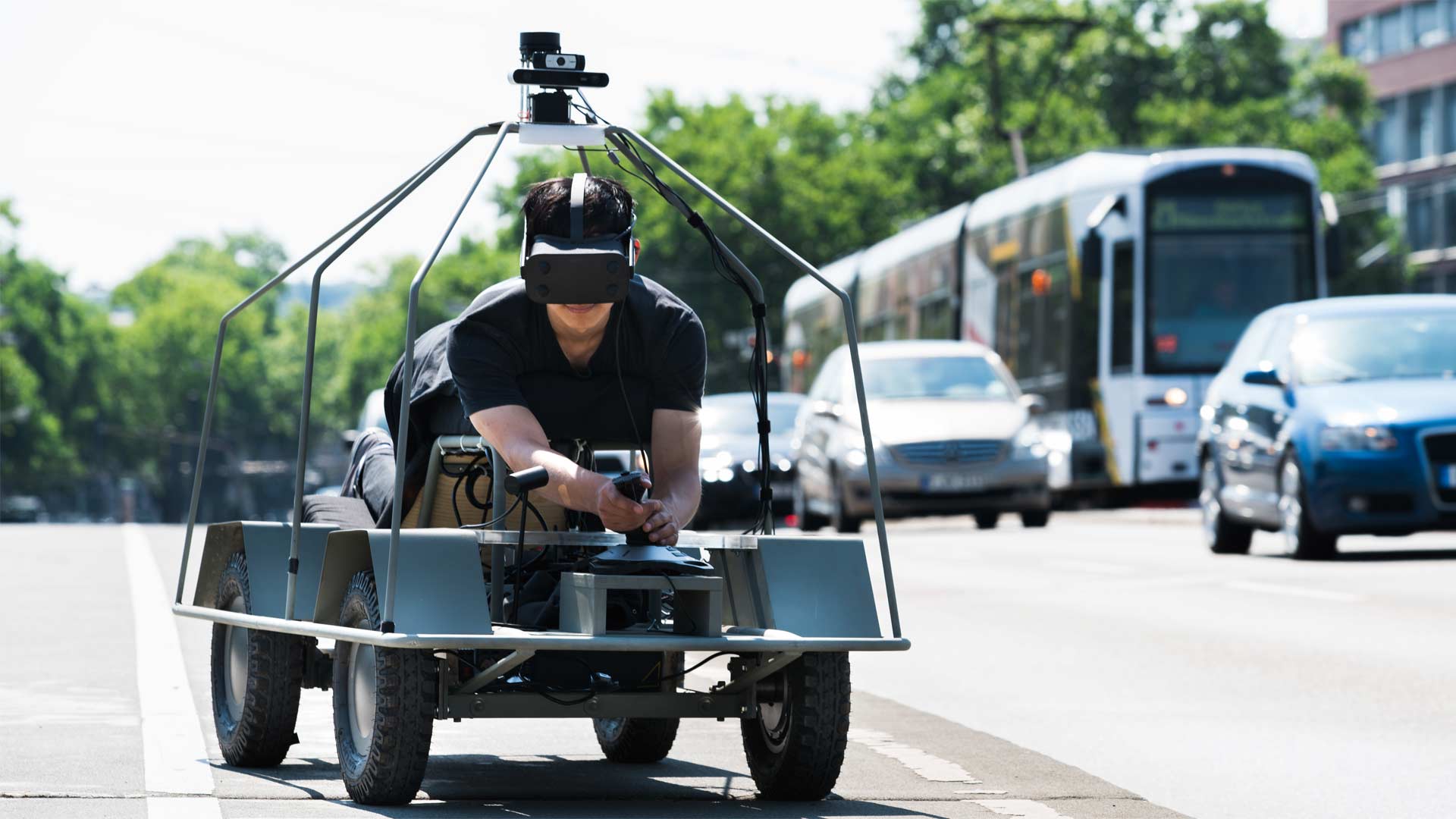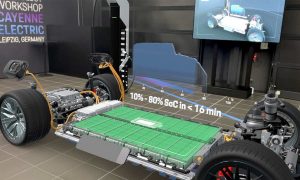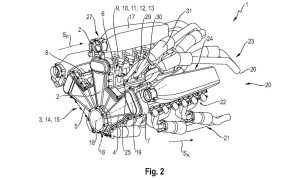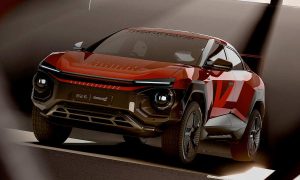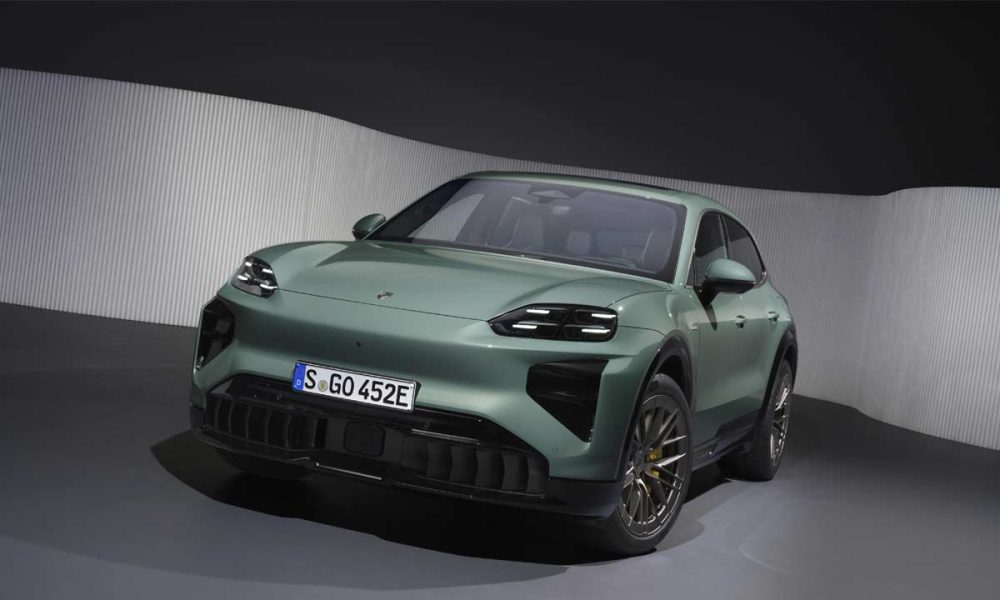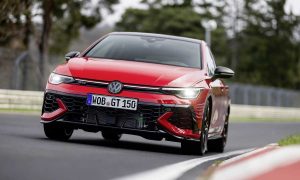We all know the basics of an autonomous vehicle. It uses cameras, LIDAR sensors and various other sensors to do its job. But actually seeing the world through the eyes of an autonomous vehicle is something interesting.
Daimler’s subsidiary Moovel Group has made it possible with the “Who Wants to Be a Self-Driving Car” project. An unconventional prototype has been created that replaces the human sense of sight with sensors like those which may be used in a self-driving vehicle.
The prototype (featured image above) is a non-autonomous vehicle in which the decision-making and controlling computer is replaced by a human. The vehicle consists of a platform with electronic hub motors and sensors. A joystick-like controller is used to steer, accelerate and stop the vehicle. The driver lies on the vehicle with his head facing forwards.
As for the driving position, Daimler said, with the VR headset, this lying position enhances the driver’s feeling of movement and allows full immersion in the perception.
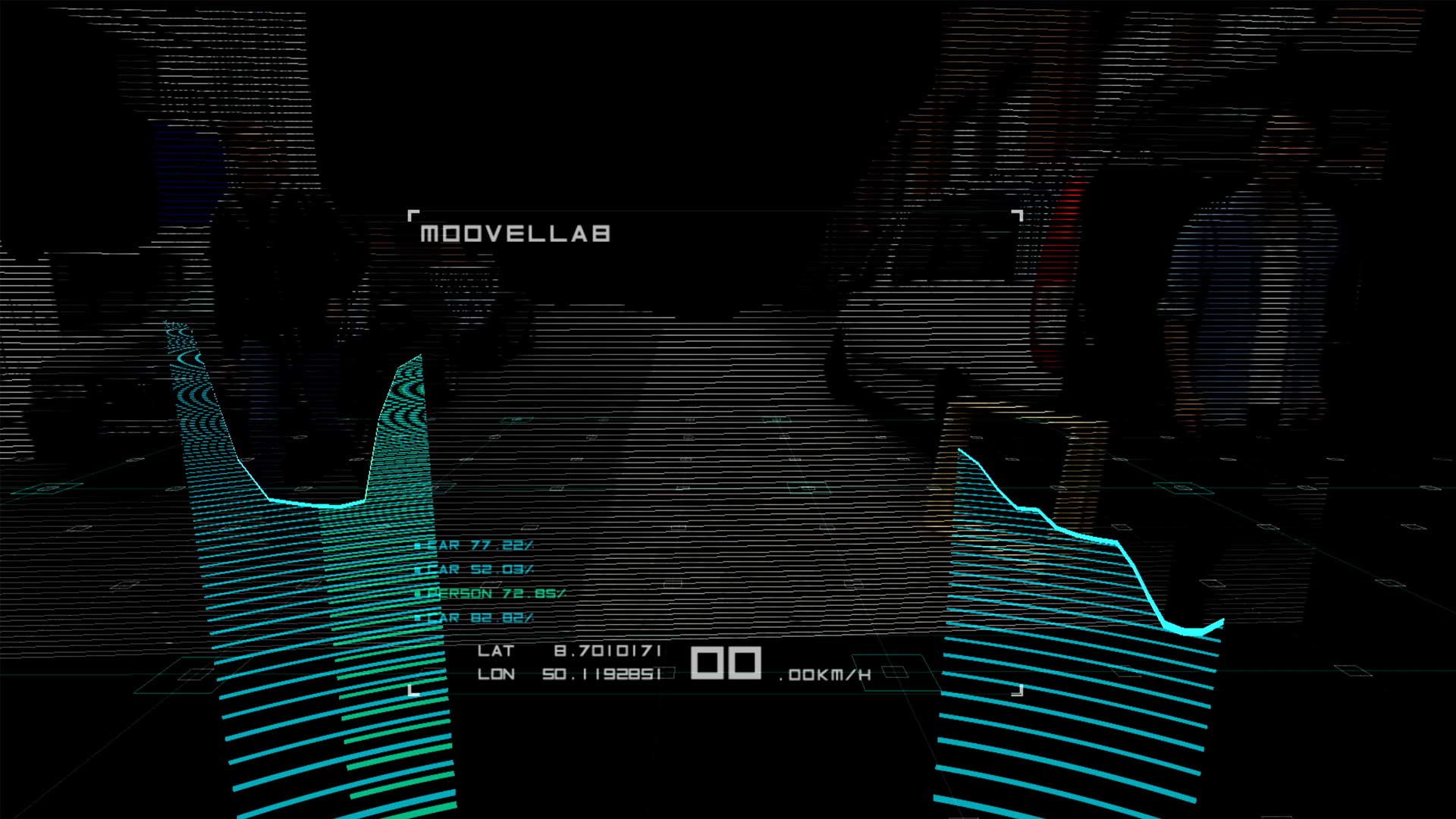
The VR experience is created by two types of sensors. In the main view, the data of a 3D depth camera is used to present the landscape in real-time. The image information of the 3D camera is supplemented by automatic object recognition of the vehicle surroundings. This provides the driver with information about objects which are recognized by the computer. Finally, a LIDAR sensor provides an additional dimension with distance measurement. Here, the sensor uses light impulses sent towards nearby objects to determine their distance from the sensor. These various components are all combined in the VR headset and provide the driver with the data required to steer the vehicle.
The Moovel lab is presenting the project at two conferences in October and November 2017. Firstly at the Push UX Conference in Munich on October 20 and 21, and then at the KIKK Festival, Europe’s best-known festival for digital and creative culture from November 2 to 4 in Namur, Belgium.

Leave a Reply
Note: Comments that are unrelated to the post above get automatically filtered into the trash bin.
